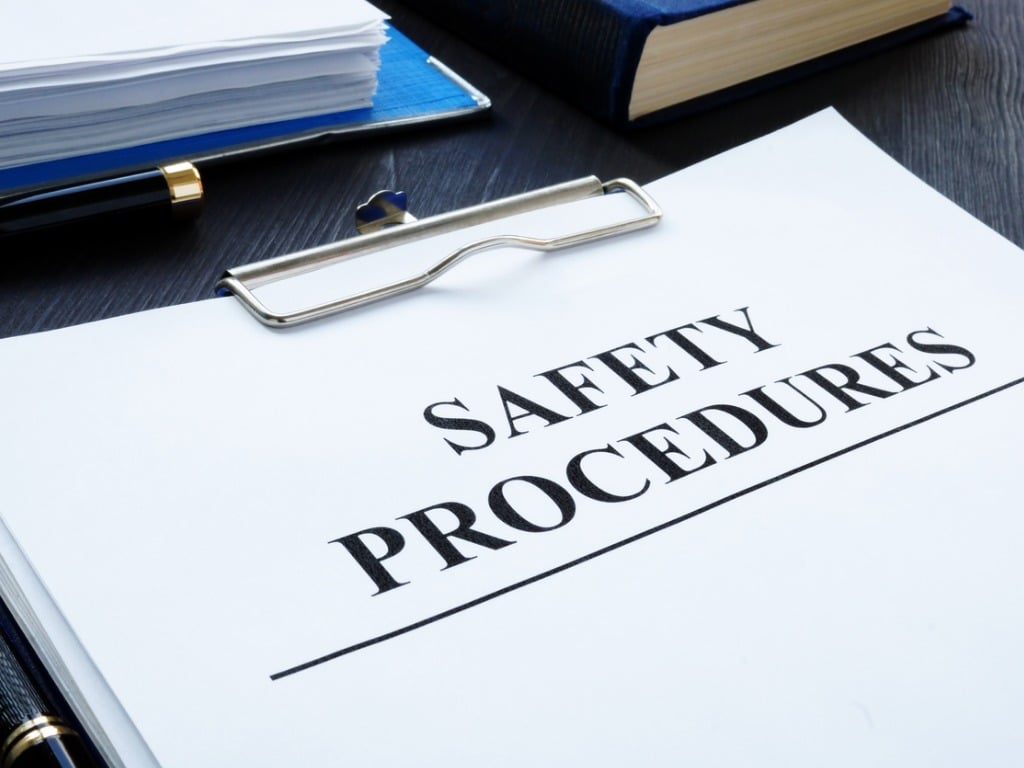On October 13, OSHA hosted a public meeting via phone for individuals to comment on the OSHA whistleblower program. The meeting aimed to “solicit comments and suggestions from stakeholders on issues relating to its whistleblower program,” according to the Eventbrite page. OSHA posed these questions for meeting participants:
- How can OSHA deliver better whistleblower customer service?
- What kind of assistance can OSHA provide to explain the agency’s whistleblower laws to employees and employers?
- Are there particular whistleblowing issues in the healthcare, retail, and grocery industries that OSHA should be aware of?
The meeting lasted an hour and a half, and the callers ranged from compliance officers to industry professionals and managers to whistleblowers themselves. Some of the suggestions for OSHA included making materials about OSHA’s business assistance component more accessible and clarifying definitions in the OSHA whistleblower laws’ language. Several contributors suggested that OSHA increase information about OSHA whistleblower laws and past whistleblower cases for managers and employees alike. Another suggestion was for OSHA to clarify the caseload allocation for whistleblower case investigators. One whistleblower brought up how having rights under OSHA whistleblower laws differed from feeling empowered enough to take advantage of said rights.
Numerous contributors also mentioned the COVID-19 pandemic and how the current crisis has affected their industry’s compliance strategies. A couple of callers mentioned how OSHA’s understaffing was an issue for the success of the program — a recent report by the National Employment Law Project found that over half of COVID-19-related whistleblower retaliation complaints that were filed from the beginning of the pandemic through August 9 “were dismissed or closed without investigation,” according to a Whistleblower Network News article. The report also found that only 2% of complaints were resolved in that period of time.
